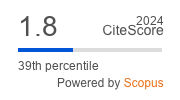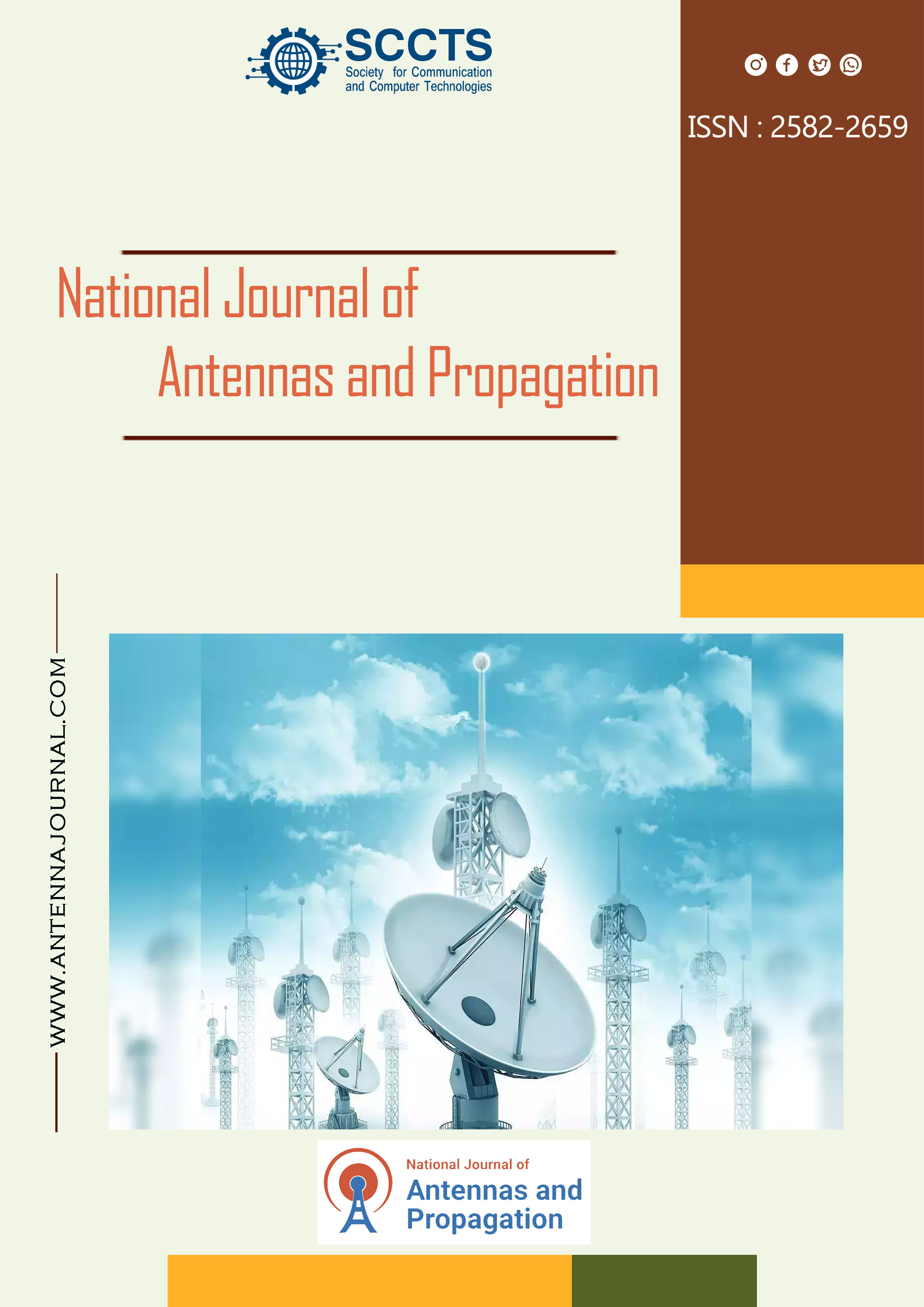About the Journal
The National Journal of Antennas and Propagation (NJAP) is a peer-reviewed open access journal committed to advancing state-of-the-art research and development in the fields of antenna design, electromagnetic wave propagation, and integrated communication systems. The journal serves as a vital platform for the dissemination of original research, technical advancements, and review articles that reflect both theoretical rigor and practical innovations in radio frequency (RF), optical, and hybrid communication environments.
The topics to be covered include but are not limited to:
- Advanced Antenna Technologies
- Design, optimization, and experimental validation of antennas: microstrip, planar, conformal, fractal, dielectric resonator, and loop antennas.
- Smart, reconfigurable, tunable, and beam-steering antenna systems.
- Phased arrays, electronically steerable antennas, and holographic beamforming.
- Integration of novel materials: metamaterials, metasurfaces, graphene, and flexible substrates.
- On-chip and integrated antennas for IoT, biomedical, automotive, and mmWave applications.
- Antenna miniaturization, multi-band, ultra-wideband (UWB), and compact structures for wearable and embedded systems.
- Electromagnetic Wave Propagation and Channel Modeling
- Theoretical, numerical, and empirical modeling of LOS/NLOS propagation, multipath fading, shadowing, and diffraction.
- Propagation through complex environments: urban, rural, indoor, tunnel, underwater, and atmospheric conditions.
- Human body interaction studies for WBANs, implantable and proximity antennas.
- Propagation in emerging frequency bands: mmWave, terahertz (THz), and visible light spectrum.
- Channel characterization for MIMO, RIS-assisted systems, massive MIMO, and beamspace propagation.
- Time-varying and dynamic channel models for high-mobility scenarios: UAVs, vehicular systems, and high-speed trains.
- Communication and Sensing Systems
- Physical layer design for next-generation systems: 5G, 6G, VLC, Li-Fi, FSO, and hybrid RF-optical communications.
- AI/ML-integrated models for adaptive modulation, dynamic spectrum access, beamforming, and localization.
- Reconfigurable Intelligent Surfaces (RIS) and software-defined metasurfaces in communication environments.
- Near-field, far-field, and radiative/non-radiative coupling studies.
- Integration of antenna systems with communication hardware, RFICs, and SoC platforms.
- Signal integrity, impedance matching, mutual coupling mitigation, and isolation techniques.
- Emerging and Interdisciplinary Applications
- Internet of Things (IoT), Edge AI, and sensor networks using miniaturized antennas and predictive propagation models.
- Unmanned Aerial Vehicle (UAV) and Drone-to-Ground communication with adaptive antenna platforms.
- Vehicle-to-Everything (V2X) and intelligent transport communication systems.
- Antenna and propagation studies for space communications, CubeSats, and high-altitude platforms (HAPS).
- Biomedical and wearable antennas for diagnostics, implantable systems, and health monitoring.
- Underwater wireless communication using acoustic, optical, and hybrid propagation models.
- Digital twins for electromagnetic systems and propagation-aware simulation environments.
- Quantum communication-enabled antennas and field control (optional emerging area).
The journal publishes invited tutorials or critical reviews; original scientific research papers (regular papers), letters to the Editor and research notes which should also be original presenting proposals for a new research, reporting on research in progress or discussing the latest scientific results in advanced fields; short communications and discussions, book reviews, reports from meetings and special issues describing research on all aspects of Communications, Antenna, Propagation and networking technologies
NJAP also publishes letters to the Editor and research notes which discuss new research, or research in progress in any of the above thematic areas.
Frequency - 2 issue Per Year till 2023
Three issues per year from 2024
same as been approved by ISSN center of India,
ISSN Details -Click Here










